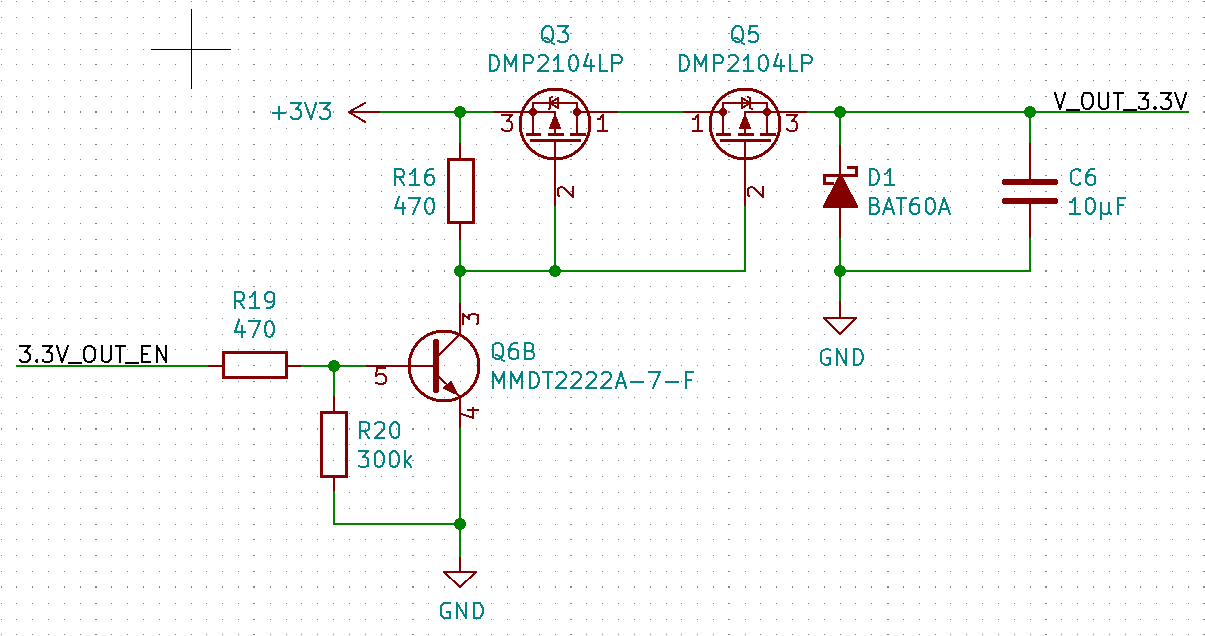I need an ESP32 to drive two p-MOSFETs (https://datasheet.lcsc.com/szlcsc/1808131746_Diodes-Incorporated-DMP2104LP-7_C260933.pdf) as PWM controlled output for a motor. As the ESP32 can not deliver enough current, I want to add a simple gate driver for the MOSFETs. Board space is very limited, so a dedicated driver IC is not an option.
I now have two solutions:
First, a driver with a NPN BJT, with a current rating of 600mA, using a MMDT2222A (https://datasheet.lcsc.com/szlcsc/Diodes-Incorporated-MMDT2222A-7-F_C96379.pdf)

Second, a driver using a NPN+PNP BJT in push-pull configuration, with a current rating of 200mA, using a NST3946DXV6 (https://datasheet.lcsc.com/szlcsc/ON-Semicon-ON-NST3946DXV6T1G_C232646.pdf)

Space wise, both versions fit on the board, but which version is preferable regarding speed and power consumption? The device is battery driven and very small, so power consumption and heat dissipation are important.
